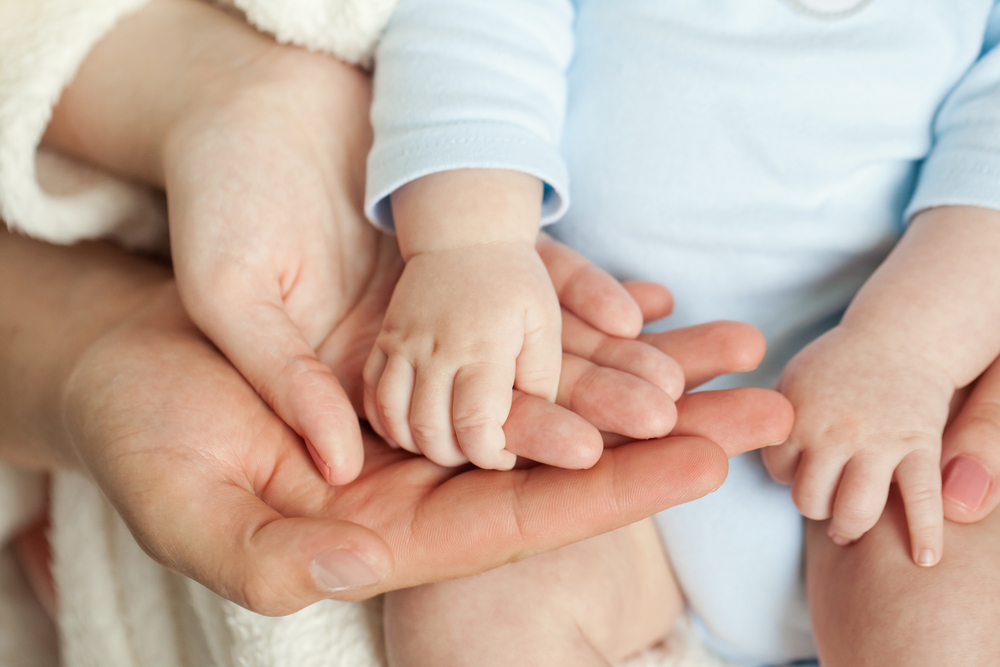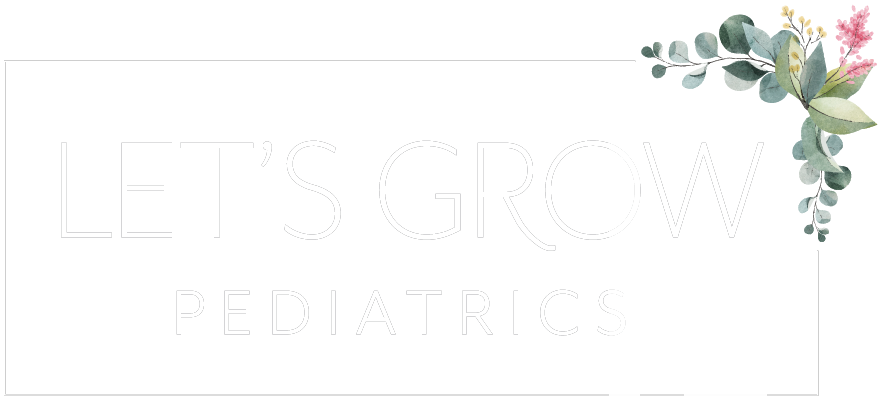If you want to learn 3 common signs of plagiocephaly to look out for, read on.
What Is Plagiocephaly?
Plagiocephaly occurs when a baby spends too much time lying on their back or one side. This condition is characterized by a flat spot on one side or in one area of the head. It is so common that nearly 1 in every 2 children gets the condition.
A newborn baby’s skull is naturally soft, so if a child has plagiocephaly, there is time to intervene as their skull continues to grow and reshape over time. You can alternate your child’s position when they sleep so there isn’t too much pressure on one side of their head. When your child is awake, you can have supervised tummy time, which can help strengthen their neck.
It is highly likely that a baby with plagiocephaly will grow up and have a normal life. With parental intervention, plagiocephaly can be corrected naturally or with physical therapy. It is unlikely that having plagiocephaly affects a child’s brain growth or function. However, diagnosis and treatment are still important to correct the condition and ensure your child will not be at risk of any developmental or neurological difficulties.
What Are 3 Common Signs Of Plagiocephaly?
- Plagiocephaly may be most noticeable if you observe a baby’s head from above. The cheekbone and the ear on the flat side of the head may look pushed forward.
- Another thing to look out for when it comes to plagiocephaly is a lack of hair in one spot.
- Plagiocephaly may develop from a child spending too much time sleeping on the same side. Consider counter-positioning your child by placing a rolled towel or another form of soft support under them so they are rotated off of their back at a 45-degree angle. This can help take pressure off of the flattened spot on their head. For any questions or concerns on how to safely counter-position your child, consult your child’s doctor or physical therapist. Be careful not to use anything to hold the child’s head in place. This way, your child can breathe freely.
How Do I Know If My Child Has Torticollis?
Torticollis is a common condition associated with plagiocephaly. Approximately 9 out of 10 infants diagnosed with torticollis also have plagiocephaly. Torticollis is a condition in which overuse or tightness of a muscle in an infant’s neck causes the head to tip and tilt in a certain direction.
This condition can result when a baby is constantly in the same position in a car seat, when being fed, sleeping, and does not turn their head to both sides. It can also be a result of placement in utero or the birth process.
Torticollis and plagiocephaly can impact a child’s facial symmetry and ear alignment. With torticollis, a child’s limited ability to turn their head comfortably can lead to difficulties interacting with their environment, delayed whole body awareness, muscle weakness, and difficulties with balance. If you have noticed signs of torticollis in your child, it is crucial to seek a diagnosis from a physical therapist.
How Can Physical Therapy Benefit A Child’s Development?
At Let’s Grow Pediatrics, we believe that it is important to catch any signs of developmental delays early. We recommend that if a child has a diagnosis with known associated delays, they should seek a physical therapy referral before any signs of delay become apparent. Our evaluations for developmental disabilities and plagiocephaly begin as early as one month of age.
How Can Physical Therapy Benefit A Child With Plagiocephaly?
Let’s Grow can offer several options for physical therapy to meet the development needs of your child. These include the Universal Exercise Unit, which utilizes a pulley and weight system to improve balance, muscle control, and motor skills. Dynamic Movement Intervention is also available, with repeated dynamic exercises to boost balance and function. Intensive Physical Therapy is a week-long session focused on posture, movement, and regaining lost milestones. Finally, Muscle and Joint Strengthening can be used to help those with severe injuries regain range of motion and control.
If you wonder if your child has plagiocephaly or torticollis, call Let’s Grow Pediatrics for a diagnosis and physical therapy care plan. To find out more about our treatment options and how your child can benefit from Pediatric Intensive Physical Therapy, reach out to Let’s Grow Pediatrics in Edmond, OK. Call 405-562-3485 to schedule your consultation today.


